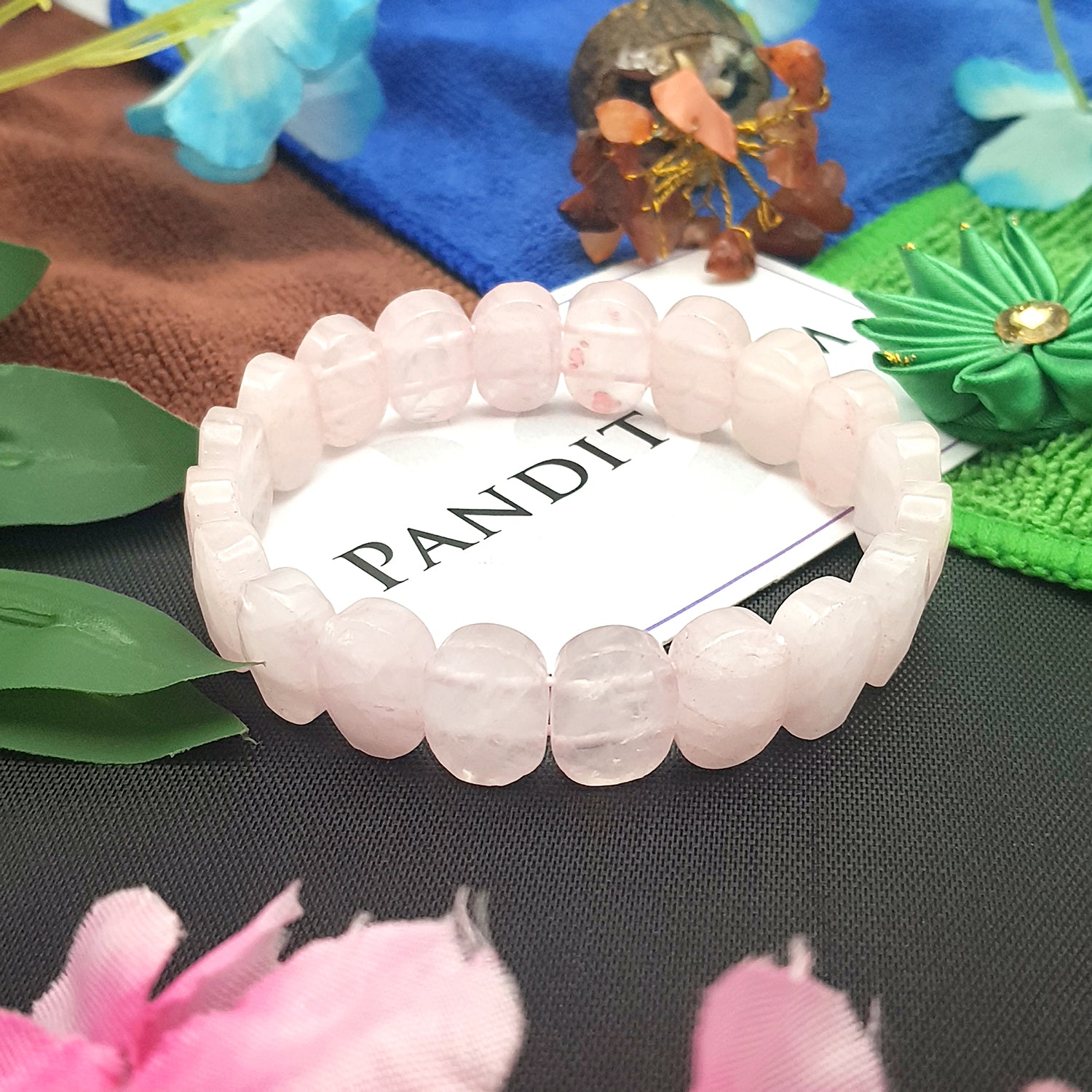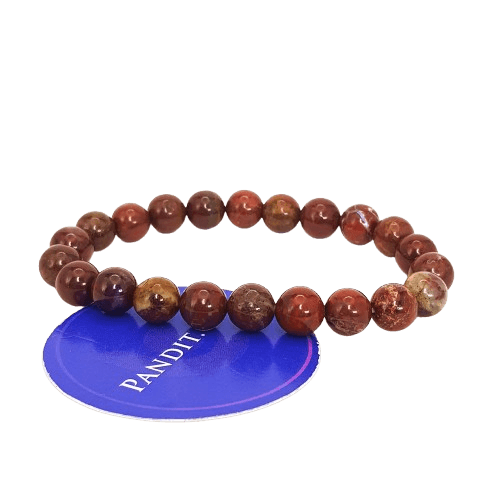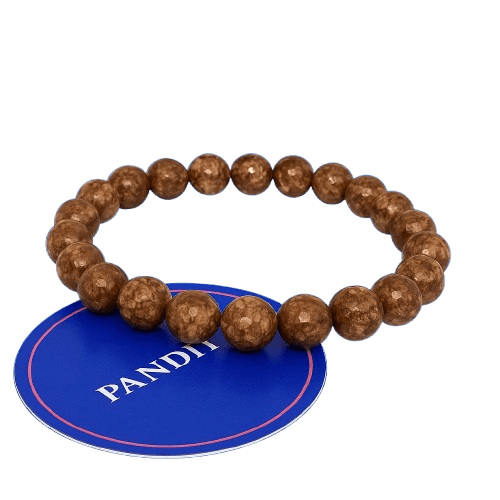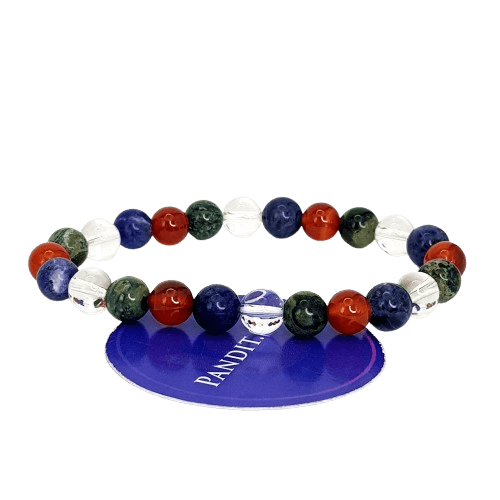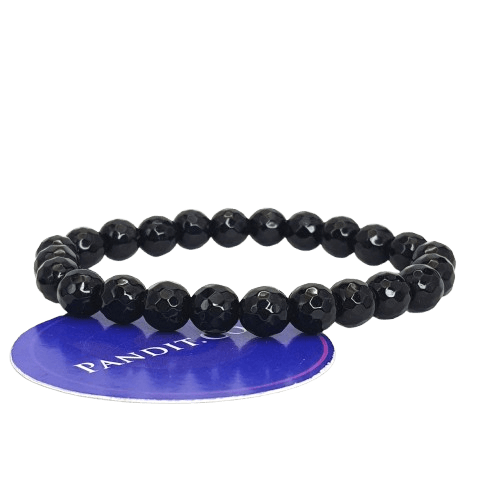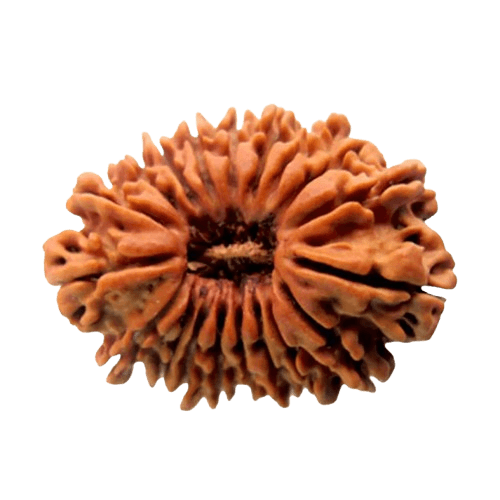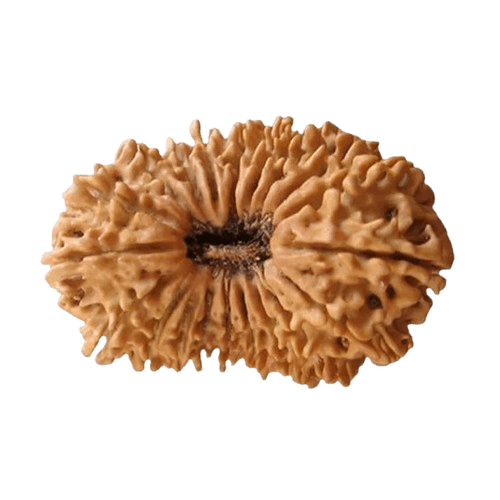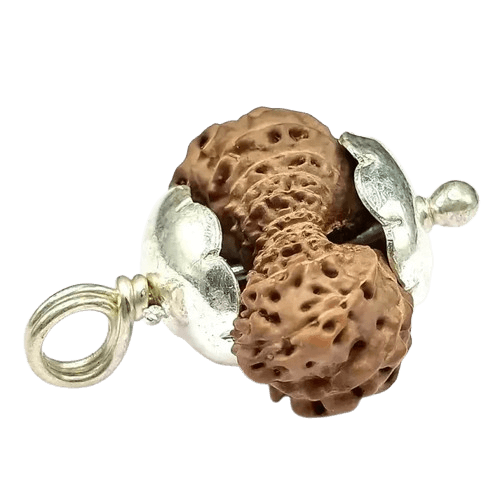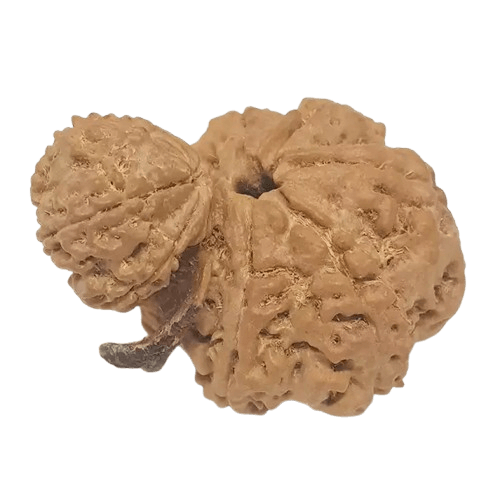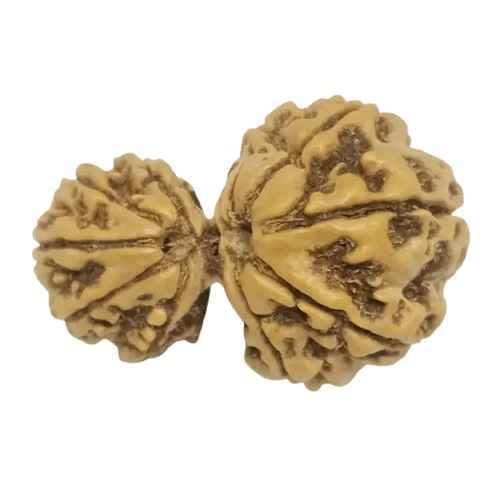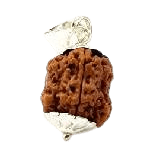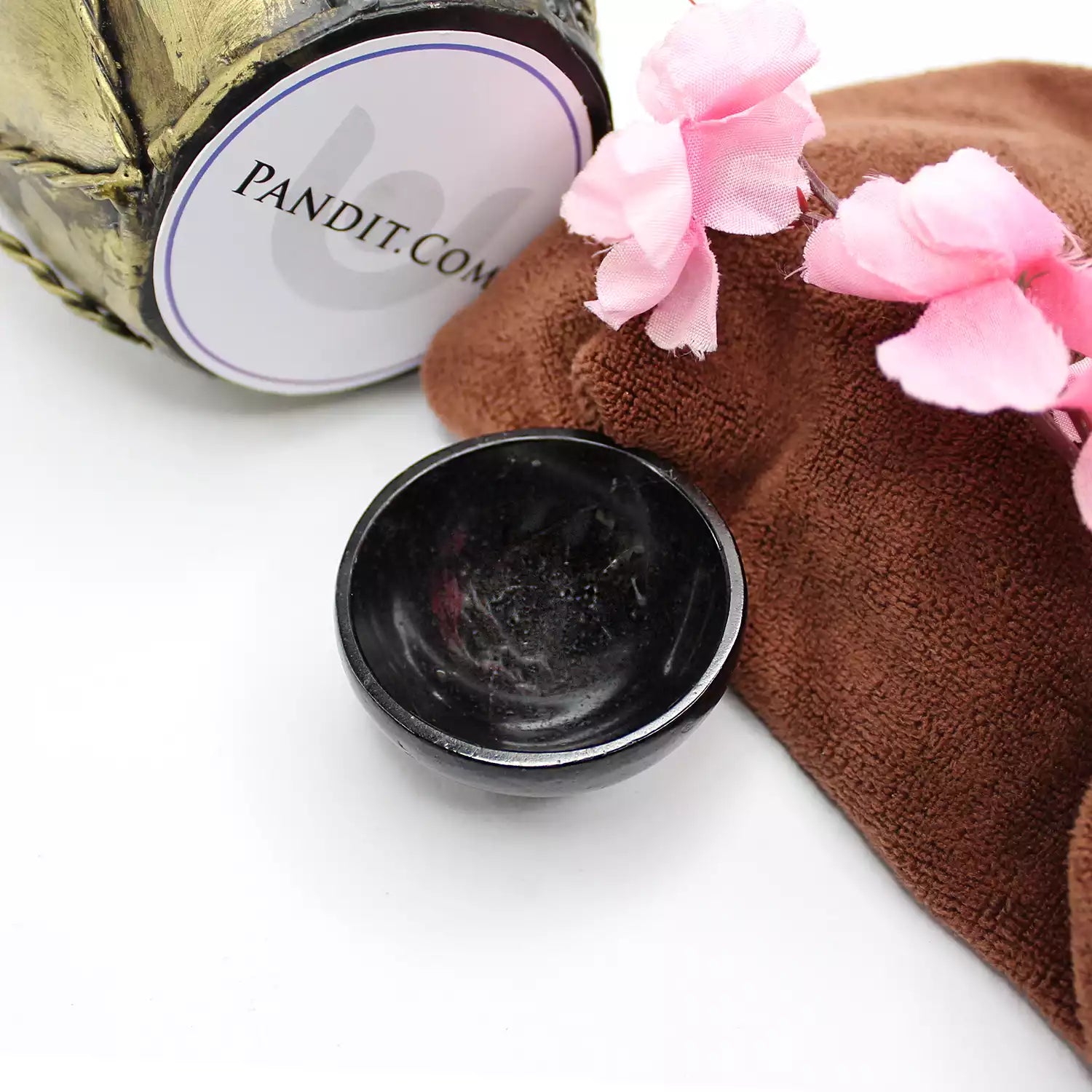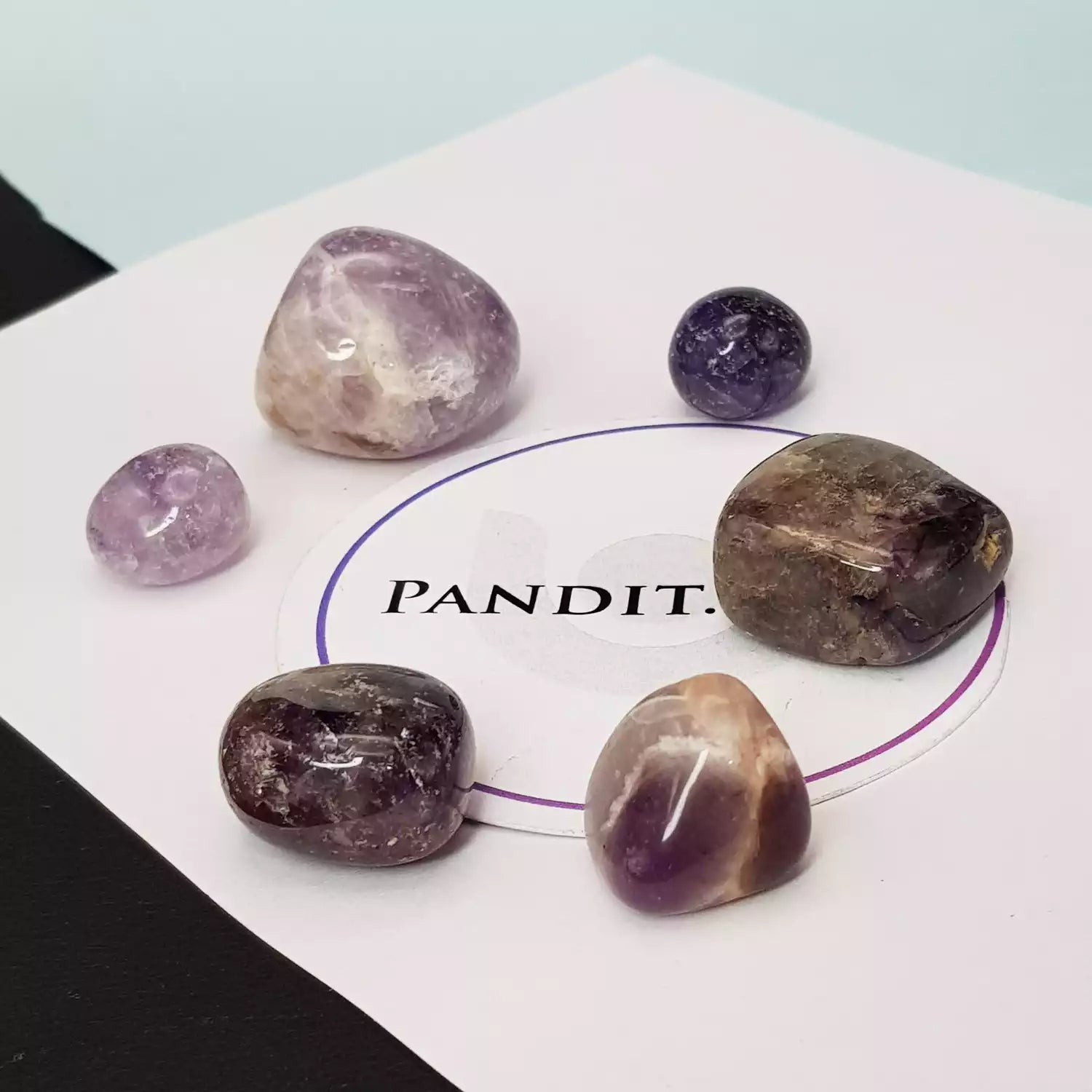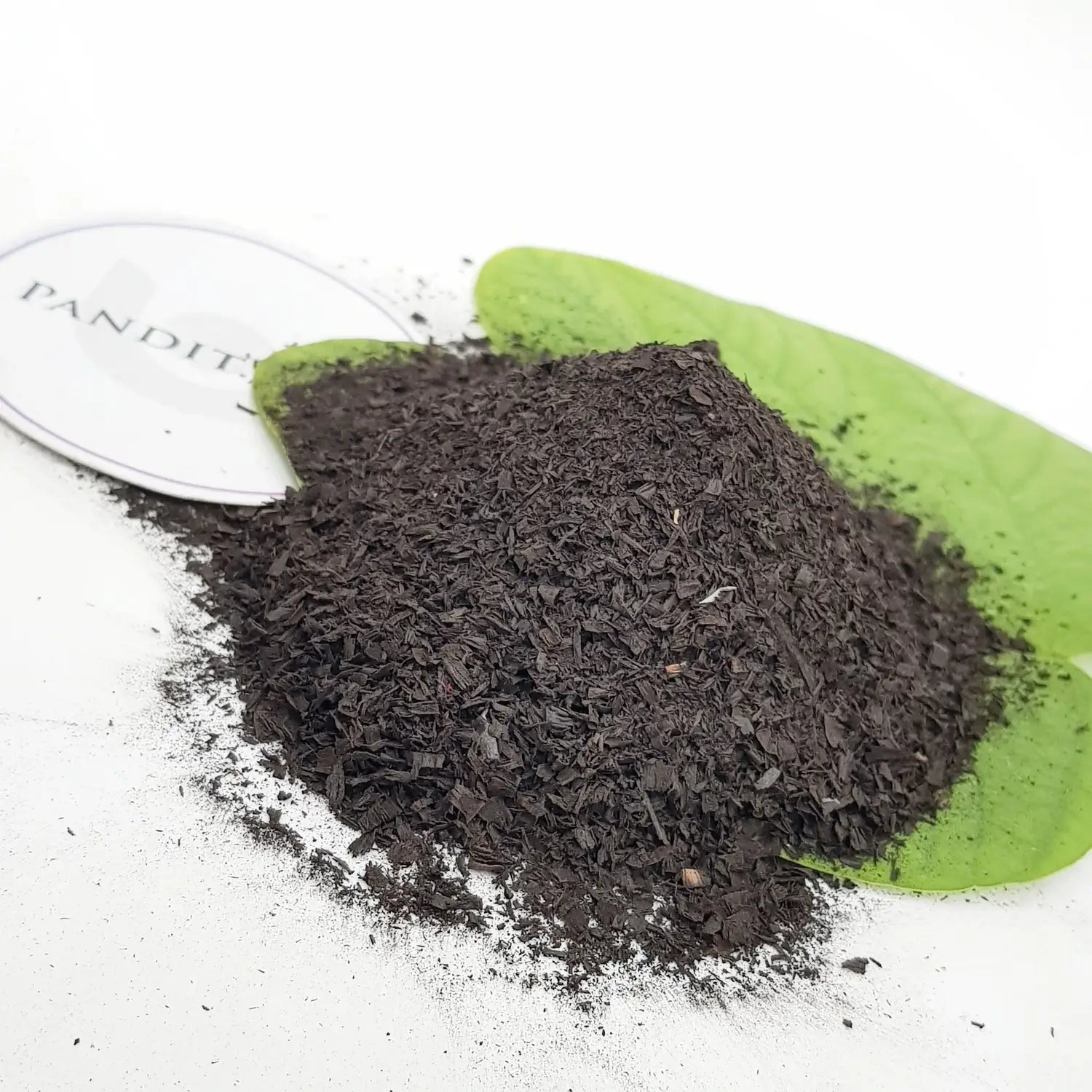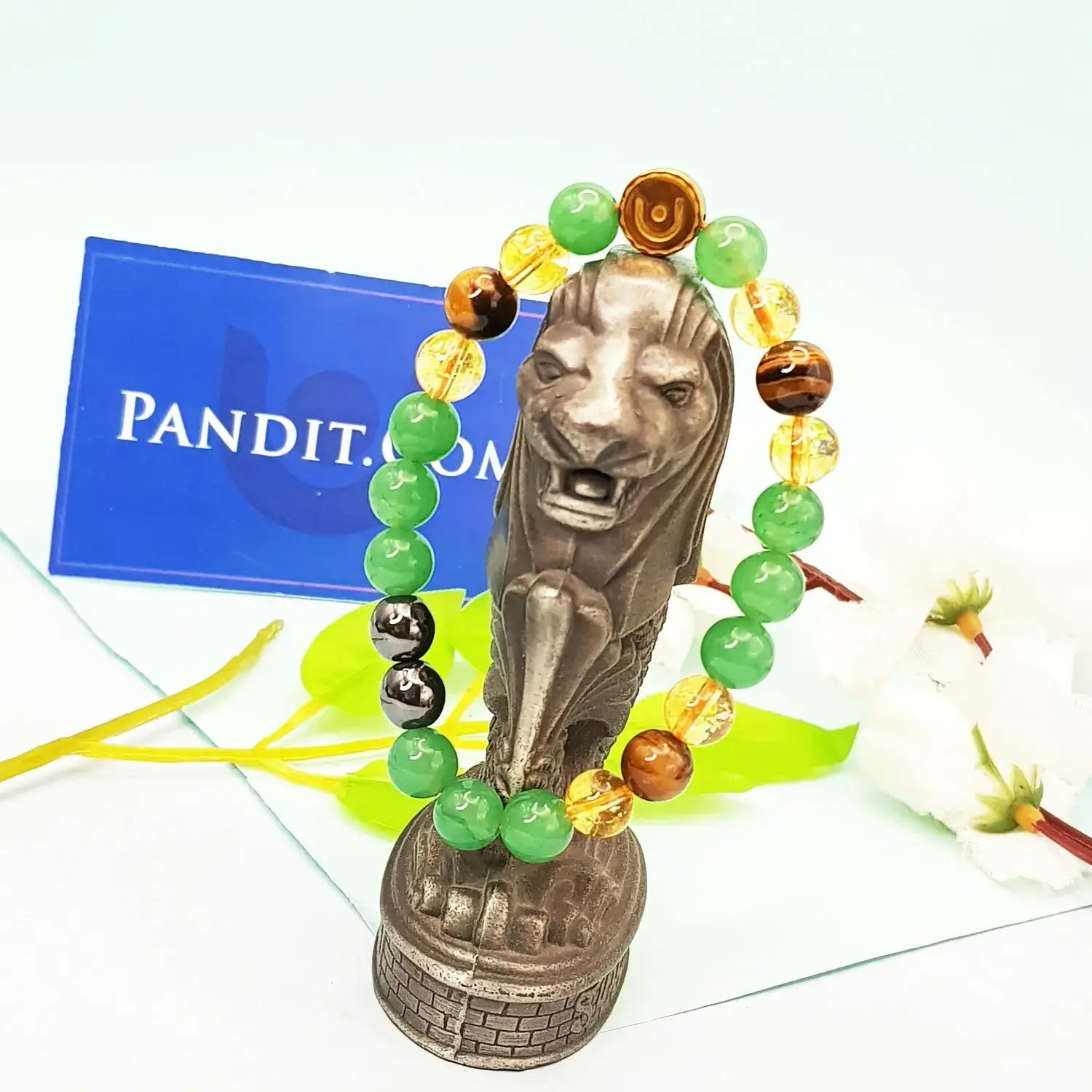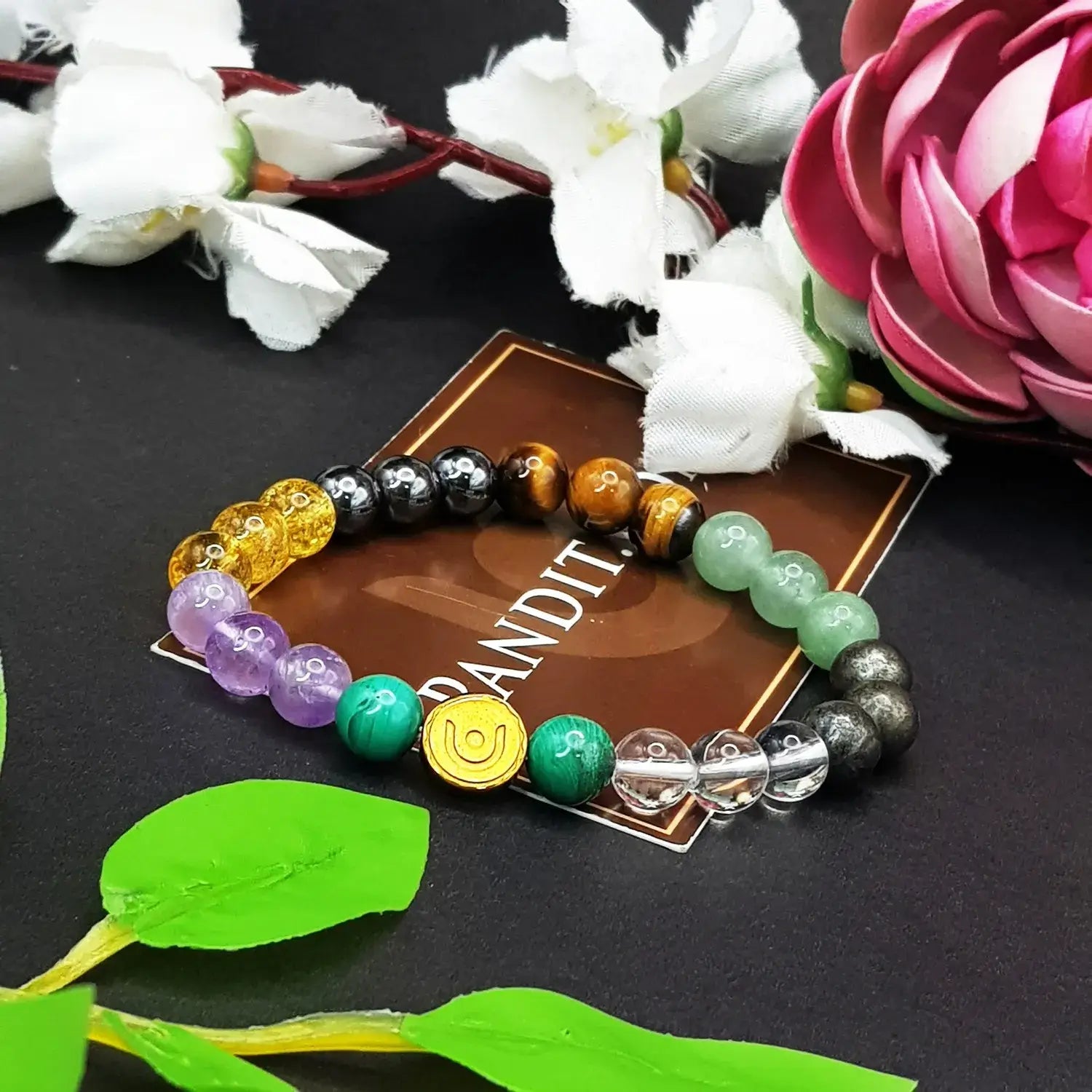
Navratri Ghatasthapana
During Navratri, Ghatasthapana is a very important ritual. It is the starting of nine day long festival called Navratri. In the scriptures, the guidelines and rules are written to perform ‘Ghatasthapana’ at a particular time period. Ghatasthapana is the incarnation of Mata Shakti. It is not done at night time or Amavasya time. The morning time is considered the most suitable for this sthapana. Ghatasthapana is also preferred to be done in ‘Abhijit Muhurta’ but the time of Vaidhriti Yoga and Nakshatra Chitra is mostly avoided by people.
What items are needed for Ghatasthapana?
Following thinks are mainly used on this occasion:-
- Mud or copper pot of big mouth is used for establishing God on it.
- A Kalash made up of mud or copper is used for ‘Aarti’.
- Soil and sand are also places in the collection as they are a symbol of purity.
- Seven or five types of gains are used, namely ‘Jau, tile, Dhan, Moong, congenial, Chana, Gehun’.
- One of the most important requirements for this occasion is an image or an Idol of Godness Shakti and Godness Durga.
- Yantra is used.
- Flowers are placed to please God.
- Water is kept to donate to Mata Shakti.
- Sandalwood paste for ‘tillak’ is also collected.
- Grass called Durva is used to sprinkle water during ‘Pooja’.
- A mixer of rice and turmeric powder is created called Akshata.
- Betel nut is also used.
- Gold coin also placed in front of the idol.
- Other normal Pooja items are also used.
How is Pooja of Ghatasthapana performed ?
On the first day of nine day long festival, Ghatasthapana is performed. The Pooja starts from this day and ends on the tenth day of Dasara or Vijaya Dasami. Firstly the Pooja room is cleaned to perform the ritual. A pot that has large mouth is taken and filled with sow and soil and seven types of grain. Many people start using single gram these days. Mantras are chanted while sowing the grains. A thick square bed or rectangular bed is made of thickness seven or five centimeters in Pooja area. Sown garins are sprinkled on it . The image or idol of Godness Durga or Godness Shakti is installed in the Pooja room very close to sandy square bed. Near the image of the Mata Duga Navarna Yantra is installed. Near the painting mud pot is placed.
A silver or copper pot is used as kalash, which is filled with sandwood, water , or paste, durva grass, turmeric mixed with rice,five leaves, betel nut, five gems and a coin. All this together are placed in the pot. On the top of kalash coconut or garland is placed. Flowers and garlands are put in pot, idol or paintings also. Flowers are also placed on the image of the Goddness.
Aarti is organized by lighting lamps in the evening and morning. The lamp is kept lit for all nine days. Many Mantra are chanted for the Pooja ,most famous mantra is Goddess Durga mantras. Flowers and Prasad are offered to the Gods. The bed of sand is kept moist, water is periodically sprinkled over it .
Fresh Garland and flowers are donated to God every day throughout this occasion. The grains, which were grown (grow up to 5 inches) they are cut and offered to family members neighbors and friends as Prashad.



